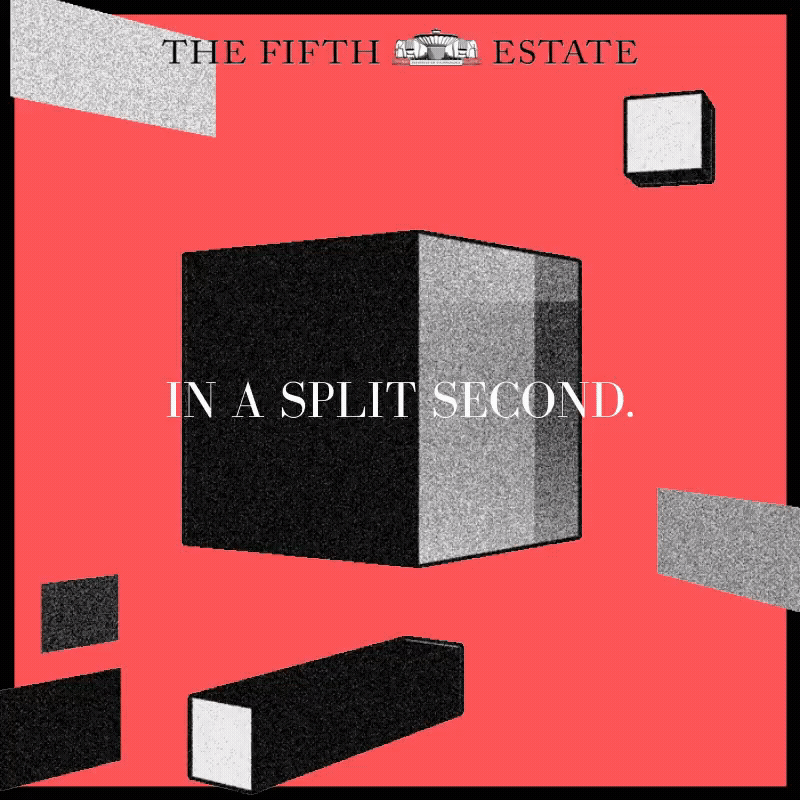Design: Hardhik Pinjala
Editor: Siddharth D P
A sport that requires the utmost of your reflexes, thinking skills, and years of practice and patience, speedcubing is as much of a sport as an art. Our insti houses some of the crème de la crème of this arena and the sport is much more than just a set of algorithms.
Meet the Speedcubers
Nithin Babu is an electrical sophomore[1], a fitness enthusiast and loves basketball. But his interests don’t end there, and speedcubing has always been his sweet escape. When asked about how it all began, he recalled how it started with his curiosity about the cube when he was in fourth grade and one of his friends introduced him to the cube. “It was by accident that I came to know that speedcubing existed”, he says.
Nithin’s first speedcubing event was in the year 2012, which was held at the Chennai Mathematical Institute – he found a community where people broke records regularly and made history. This inspired him to further hone his skills, which also landed him with a National Record. He vividly recollects the Shaastra Cube Open 2014 where he made history with his first National record under the 2×2 category with 2.44 seconds breaking the 3.07 barrier. Later, he went on to break his own record with another whopping 1.89 seconds.
Akash Reddy, the beatboxer we all know, is also one of insti’s elite cubers. Portraying his artistic side, Akash opines “I think cubing is both competitive as a sport and elegant as an art.”
Meanwhile, Rahul Priyadarshan, the Horizon Club Head draws a beautiful analogy between Chess and Speedcubing.
They are similar in so many ways. You play around with pieces there; you play around with colours here. You strategically exploit your opponent’s weaknesses there and strategically push edges and corners to desired places here. You checkmate there; you produce a solved cube here. Both of them are mathematically complex in their own ways, but the end result produces immense satisfaction and joy in anyone who achieves it.”
The nitty-gritty of speedcubing

Speedcubing isn’t just about the conventional Rubik’s 3×3 cube. Speedcubing has a varied spectrum comprising 17 standard events – the 2×2, 3×3, 4×4, 5×5, 6×6, 7×7, 3×3 (blindfold), 4×4(blindfold), 5×5(blindfold), 3×3(one-handed), 3×3(Fewest Moves), Clock, Skewb, Square-1, Pyraminx, Megaminx, and Multiblind.
There are a certain set of these names you would have never come across. Another interesting cube that you might have come across is the Mirror Cube.
Nithin’s Inspiration has been Felix Zemdegs, the only speedcuber to ever win the World Cube Association World Championship twice. Nithin’s learning style has been majorly adapted from a series of youtube videos. Nithin also recalls a spectacular story about Max Park, an autistic kid, who overcame his disorder by speedcubing.
Just like sprinters bring their shoes, cubers bring their cubes. Every player brings their own set of cubes. Each player has their own style of twists and turns. Every cube is different and has to be lubricated using a Silicon-based lubricant. Nithin is a part of a community called Cubelelo, which is an exclusive platform for cubers to avail all their cubing necessities at one place.
Speedcubing is a sport monitored and governed by the World Cubing Association and competitions require one to have a WCID to be deemed as an official cuber and have their results monitored and entered into the WCA records. The event begins at the scrambling station, where the cube is scrambled and the puzzle is formulated. The algorithms are generated by a program called T-doodle, which is used to generate scrambles. The cube is then brought over to the solving station by a volunteer. After an observation period which usually lasts for fifteen seconds, the cuber can initiate the solve at the solving station. Any malpractices lead to the debarment of the candidate from participating in future WCA events. A typical cubing event is validated by the WCA delegates, monitored by two judges posted at their respective stations and volunteers (who are usually participants in the events) and has five rounds with three sets.
Another system by the name Kinch Ranking is also followed. WCA rankings are associated with individual events, whereas Kinch Ranking is used to rank a person summarizing all the events. This ranking helps in determining one’s versatility in cubing as a whole.
There is a beautiful spectrum of algorithms and standard solves that one might come across. Some of the well-known ones are the Corners-first method, CFOP, F2L and much more. Each movement of the cube has a notation – R, R’, to denote the clockwise and counter-clockwise turns.”
When speedcubing becomes more than a sport
One might stick to a set of algorithms while solving, but the sport is beyond that. One thing which sets the sport apart is, it doesn’t have any prerequisites and almost anyone can be a speedcuber. There have been multiple solving methods developed over the years. One is free to pick a certain method, get good at it, pick another, and enjoy looking at the same cube from a whole new perspective.
Speedcubing is a sport that helps you inculcate more than just speed. “It improves your dexterity, agility, and your reflexes” says Rahul. Nithin and Akash concurred with the same.
I am of the conviction that speedcubing developed my memory and my 3D spatial-visual imagination. To get super-optimised times once you reach the 15-second-average mark, you need to start getting better and better at “look-ahead”, where you need to mentally keep track of the pieces that you’ll be using for your next step as you’re doing the current one. You don’t pause to look after you’re done with the current step at those turning speeds” says Akash.”
“As crazy as it might sound, there was indeed a cubing event, which asked you to solve the cube by your feet. It was scrapped due to hygiene issues” says Nithin laughing and he also pointed out that whoever held the record for that event gets to carry the record throughout their life. Akash also had a personal best of 2.5 minutes for solving a 3×3 cube with his feet.

The timer used in speedcubing also boasts of a certain uniqueness. Going by the name StackMat, every cuber starts the solve by placing their hands on their own timer.”
Under the WCA ranking, the speedcubers are ranked under two metrics, being the Average Record and the Single Record. Average tests one’s consistency and the single tests one’s practice. Nithin has had a World Ranking of Six to his name with a record of 1.89 seconds under the Average 2×2 category.
During our JEE days when staying on top of hobbies was akin to a daydream, letting go of speedcubing was not a cakewalk for Nithin. He believes that giving a resting period to the cube for almost 2 years was one of the hardest things he had to do.
Pranav Kamesh, who has represented India at the World Sudoku Championship has been an active member of this community for more than seven years. “Eagerly awaiting the school bell signalling break time so that we could whip out our cubes and race properly is a special memory I hold” he says.
Karthik.S, often found at CFI with a busy Raftar schedule, is also an avid speedcuber. Going beyond the one-dimensional nature of the sport, Karthick adds that ” Many speedcubers will agree with the fact that going to a competition isn’t just about competing. It is more about the interaction with the community of people with the same interest.”
On the other hand, a classic speedcubing finale with the finalists going head to head is a raw competition and battle. It’s as enthralling as a Wimbledon final or the last minutes of an El Clasico. People watch each solve with bated breaths and the only audible sound is the rapid clicking of the cube as it turns in the unforgiving hands of the solver.”
“Ironically, some of the most mind-blowing solves happen in the finals while everyone is watching the finalists. Something happens. Honestly, it’s a little magical” says Akash.
The cube is pretty addictive. This was one statement that all of them agreed upon. Though one said it was a pro, the other called it a con.
Another unique factor that cubing has is, it has no age barrier. You might witness a ten-year-old competing with a fifty-year-old.
The current speedcubing culture that exists in insti can be improved. Though a minimal set of speedcubers exist, this sport will have an escalating interest among the student community, once they start having proper workshops, events, and guidelines.
IIT Bombay and IIT Kharagpur have their own cubing clubs and maybe it’s time to have our own. Nithin, Akash and Rahul are looking forward to having an exclusive club for speedcubing.
Maybe we could have a LitSoc/TechSoc event? Am I asking for too much now? ” Akash asks.
WCA profiles:
Nithin: https://www.worldcubeassociation.org/persons/2012BABU01
Akash: https://www.worldcubeassociation.org/persons/2014REDD04
Rahul: https://www.worldcubeassociation.org/persons/2016PRIY01
Pranav Kamesh:https://www.worldcubeassociation.org/persons/2015KAME01
Karthik: https://www.worldcubeassociation.org/persons/2013SRIN01
[1] At the time of his Interview, Nithin was a sophomore.
MyIITM series narrates and features out-of-the-ordinary interests and hobbies that students have taken up in IIT Madras. Do you know someone we should feature? Let us know! Mail us at [email protected].




